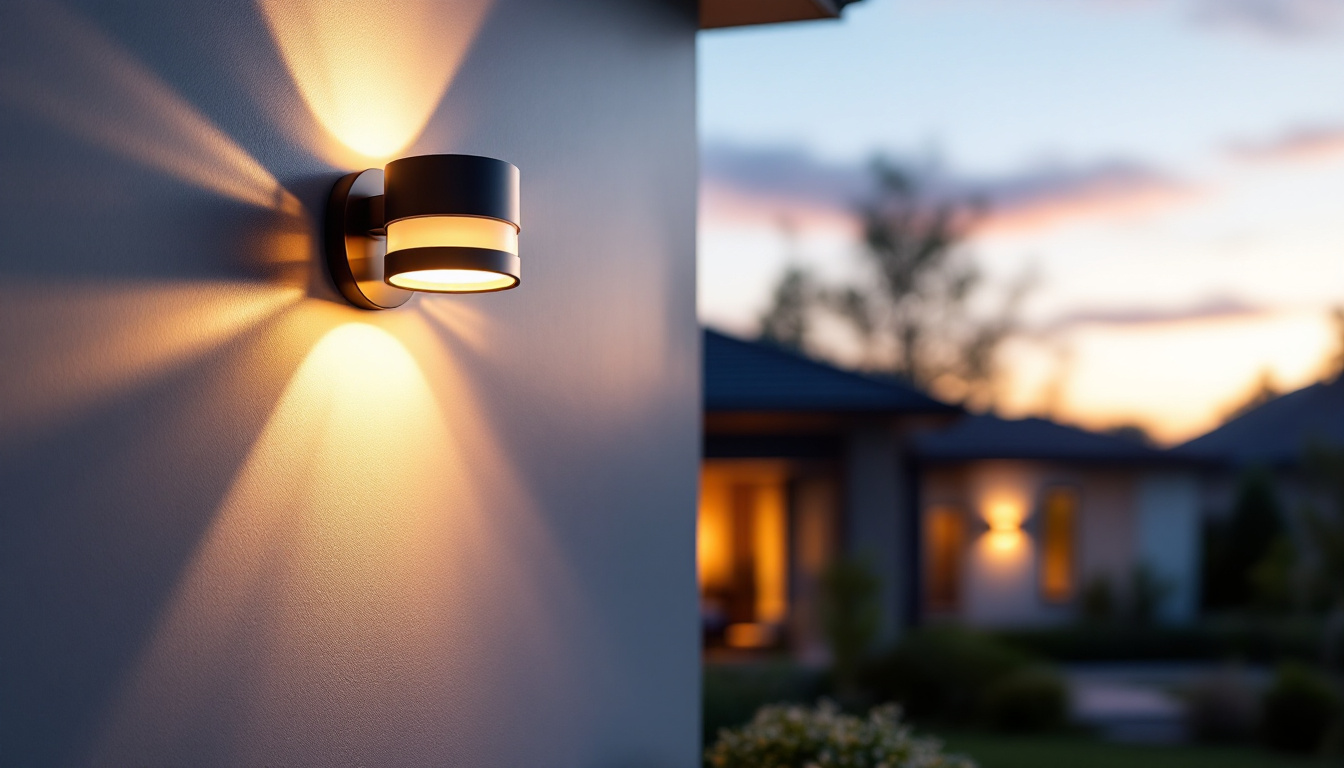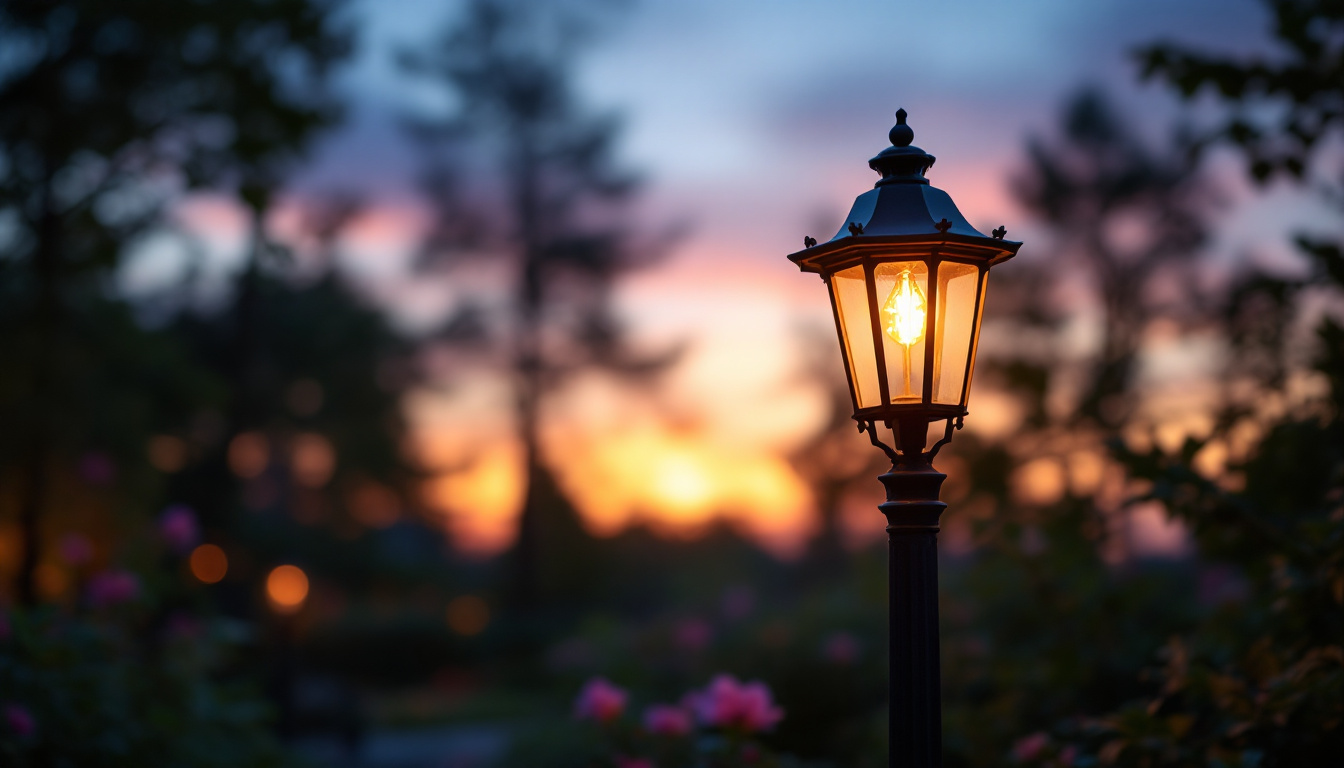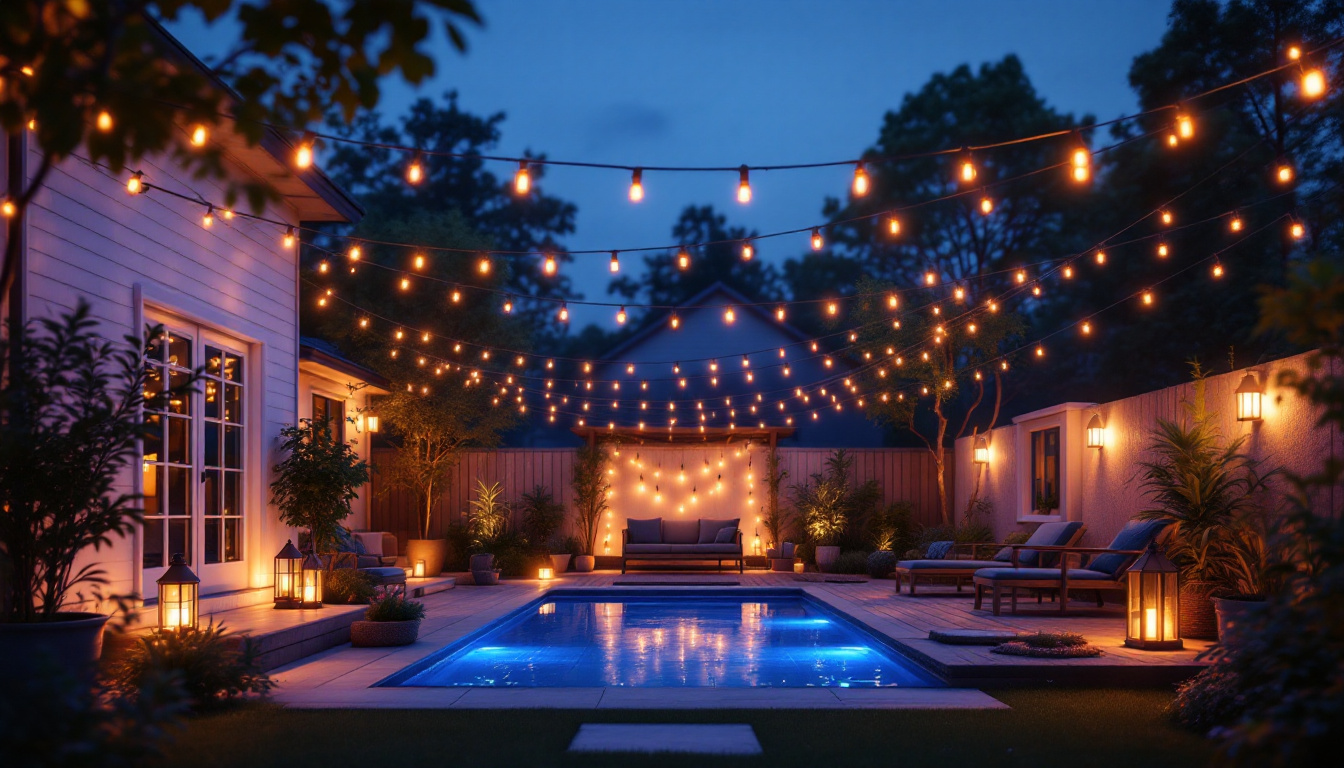
modern exterior light fixtures: Why it is Critical in Lighting Installations
In the realm of lighting installations, the significance of modern exterior light fixtures cannot be overstated. These fixtures not only enhance the aesthetic appeal of a property but also play a crucial role in safety, security, and functionality. As lighting contractors navigate the evolving landscape of design and technology, understanding the importance of these fixtures becomes paramount.
Exterior lighting has transformed from a mere necessity to an integral part of architectural design. It serves multiple purposes, including enhancing visual appeal, ensuring safety, and providing security. Modern exterior light fixtures are designed to complement the architecture of a building while also fulfilling practical needs.
One of the primary functions of exterior lighting is to enhance the visual appeal of a property. Thoughtfully designed light fixtures can highlight architectural features, landscaping, and pathways, creating a welcoming atmosphere. The right lighting can accentuate textures and colors, making a property stand out in its surroundings.
Moreover, modern fixtures come in various styles, from sleek and minimalist designs to more ornate options, allowing contractors to choose pieces that align with the overall aesthetic of the property. This versatility ensures that lighting installations can be customized to meet the specific needs of each project. Additionally, the use of color-changing LED technology has opened up new avenues for creativity, enabling designers to create dynamic lighting schemes that can be adjusted for different occasions or moods, enhancing the overall experience of the space.
Beyond aesthetics, safety is a paramount concern when it comes to exterior lighting. Well-lit pathways, entrances, and outdoor spaces significantly reduce the risk of accidents and injuries. Proper lighting can illuminate potential hazards, such as steps or uneven surfaces, guiding residents and visitors safely.
In terms of security, exterior lighting acts as a deterrent to potential intruders. Well-lit areas are less appealing to those with malicious intent, making it essential for homeowners and businesses to invest in effective lighting solutions. Modern fixtures often incorporate motion sensors and smart technology, further enhancing security measures. Furthermore, the integration of smart home systems allows for remote control and scheduling of lighting, ensuring that outdoor areas are illuminated even when residents are away, thus providing an added layer of protection and peace of mind.
Additionally, the strategic placement of lighting can create a sense of community and belonging in public spaces. Parks, plazas, and walkways that are well-lit not only enhance safety but also encourage social interaction and engagement among residents. By fostering a vibrant atmosphere, exterior lighting plays a crucial role in urban design, making neighborhoods more inviting and accessible, especially during the evening hours.
The evolution of technology has significantly impacted the design and functionality of exterior light fixtures. Today’s lighting solutions are not only more energy-efficient but also offer enhanced control and customization options.
In an era where sustainability is a priority, energy-efficient lighting solutions have become increasingly important. Modern exterior light fixtures often utilize LED technology, which consumes significantly less energy compared to traditional incandescent bulbs. This shift not only reduces energy costs for homeowners but also contributes to a lower carbon footprint.
Additionally, many fixtures are now designed with longevity in mind, offering extended lifespans that further decrease the need for frequent replacements. This durability is especially beneficial for outdoor installations, where exposure to the elements can take a toll on traditional lighting solutions. Moreover, advancements in solar-powered lighting have emerged, allowing homeowners to harness renewable energy. These solar fixtures charge during the day and illuminate at night, providing an eco-friendly alternative that is both cost-effective and low-maintenance.
The rise of smart technology has revolutionized the way exterior lighting is controlled and managed. Smart fixtures can be programmed to operate on schedules, respond to environmental changes, and even be controlled remotely via smartphone apps. This level of control allows homeowners to tailor their lighting to their specific needs and preferences.
For contractors, integrating smart lighting solutions into installations can enhance the overall value of the project. As consumers increasingly seek convenience and customization, offering smart lighting options can set contractors apart in a competitive market. Furthermore, the integration of motion sensors and ambient light detection in these smart systems not only enhances security by illuminating pathways when movement is detected but also ensures that lights are only on when necessary, further promoting energy conservation. As technology continues to advance, the potential for exterior lighting to adapt to user lifestyles and environmental conditions will likely expand, making it an exciting field for innovation and design.
Selecting the appropriate exterior light fixtures requires careful consideration of various factors. Each project presents unique challenges and opportunities, and understanding these nuances is critical for successful installations.
The environment in which the fixtures will be installed plays a significant role in the selection process. Factors such as climate, landscape, and architectural style must be taken into account. For instance, coastal areas may require fixtures that are resistant to corrosion, while urban environments might benefit from designs that minimize light pollution.
Additionally, the surrounding landscape can influence fixture placement and design. Fixtures that complement natural features, such as trees or water elements, can enhance the overall aesthetic and functionality of the space. For example, using warm-toned lights near a garden can create a welcoming ambiance, while cooler tones might be more suitable for modern architectural designs. It’s also important to consider how seasonal changes may affect lighting needs; fixtures that can adapt to varying conditions will ensure a consistent and appealing atmosphere year-round.
Every client has unique needs and preferences, making it essential for contractors to engage in thorough discussions before finalizing fixture selections. Understanding the client’s vision, lifestyle, and specific requirements can guide the selection process, ensuring that the final installation meets their expectations.
Moreover, educating clients about the benefits of various lighting options can facilitate informed decision-making. Providing insights into energy efficiency, maintenance requirements, and design possibilities can empower clients to choose fixtures that align with their goals. Additionally, discussing the potential for smart lighting solutions can open up new avenues for customization and control, allowing clients to adjust their lighting based on mood or activity. This level of personalization not only enhances the functionality of the space but also contributes to the overall satisfaction of the client, as they see their preferences reflected in the final design.
The installation of exterior light fixtures involves several critical considerations that can impact the overall effectiveness and longevity of the lighting system. Proper planning and execution are essential to ensure that the fixtures perform optimally and enhance the property as intended.
Effective placement and spacing of fixtures are crucial for achieving the desired lighting effects. Fixtures should be positioned to provide adequate illumination without creating harsh shadows or overly bright spots. This balance is particularly important in areas such as walkways and patios, where safety is a priority.
Contractors should also consider the height at which fixtures are installed. For example, wall-mounted sconces may need to be positioned at a specific height to ensure optimal light distribution. Taking the time to plan the layout can significantly enhance the overall effectiveness of the lighting installation.
Proper wiring and power supply are fundamental aspects of any lighting installation. Contractors must ensure that the electrical system can support the chosen fixtures, taking into account factors such as wattage and voltage requirements. Additionally, outdoor installations may require specific weatherproofing measures to protect wiring from the elements.
Utilizing low-voltage systems can also be beneficial for exterior lighting, as they reduce energy consumption and enhance safety. Contractors should be well-versed in local electrical codes and regulations to ensure compliance and safety during installations.
Once installed, the maintenance of exterior light fixtures is essential for ensuring their longevity and continued performance. Regular upkeep not only extends the lifespan of the fixtures but also ensures that they continue to provide effective lighting.
Exterior fixtures are often exposed to dirt, debris, and weather conditions that can impact their performance. Regular cleaning is necessary to maintain their appearance and functionality. Contractors should advise clients on proper cleaning techniques and schedules to keep fixtures in optimal condition.
Additionally, inspecting fixtures for signs of wear or damage is crucial. Early detection of issues can prevent more significant problems down the line, saving clients time and money on repairs or replacements.
As technology continues to evolve, upgrading exterior light fixtures may become necessary to keep pace with advancements. Encouraging clients to consider upgrades, such as transitioning to smart lighting systems or more energy-efficient options, can enhance their overall experience and satisfaction.
Contractors can play a vital role in guiding clients through the upgrade process, providing insights into the latest technologies and their benefits. This proactive approach not only adds value to the contractor-client relationship but also positions contractors as knowledgeable experts in the field.
The importance of modern exterior light fixtures in lighting installations cannot be overlooked. As technology advances and design trends evolve, the role of these fixtures will continue to expand. For lighting contractors, staying informed about the latest developments in exterior lighting is essential for delivering exceptional results.
By understanding the multifaceted benefits of modern fixtures, contractors can make informed decisions that enhance the aesthetic appeal, safety, and functionality of their projects. As the demand for innovative and efficient lighting solutions grows, embracing the potential of modern exterior light fixtures will be crucial for success in the industry.
Ready to elevate your lighting installations with the latest in modern exterior light fixtures? At LumenWholesale, we offer an extensive selection of spec-grade lighting products that combine quality, affordability, and convenience. Say goodbye to inflated markups and hello to top-quality lighting at wholesale prices, with the added benefit of free shipping on bulk orders. Don’t compromise on your project’s aesthetic appeal, safety, and functionality. Choose LumenWholesale for Wholesale Lighting at the Best Value and light up your projects with confidence.

Discover essential tips for selecting and installing outdoor lamp post lights while avoiding common pitfalls.

Discover how lighting contractors can enhance their business by transforming garages with strategic exterior lighting solutions.

Illuminate your outdoor spaces with expert insights! Discover essential tips and innovative strategies for lighting contractors to enhance yard aesthetics and functionality with the perfect light posts..

Discover the essential insights lighting contractors need with our comprehensive guide to UV light sterilizers.